Design Dynamics: Gonzalo Redondo Interview
 Gonzalo Redondo has an inside view of current yacht design at the highest level. Being involved in several projects but specially on latest Volvo and Acup campaigns, he has developed a great knowledge and experience on the Fluid Dynamics and Engineering of top performance vessels. Gonzalo has left Artemis design team recently to found his own CFD company, D3 Applied Techonologies. An A Class sailor also currently working on a new A-Cat, the D3 with Dominik Scheurer.
Gonzalo Redondo has an inside view of current yacht design at the highest level. Being involved in several projects but specially on latest Volvo and Acup campaigns, he has developed a great knowledge and experience on the Fluid Dynamics and Engineering of top performance vessels. Gonzalo has left Artemis design team recently to found his own CFD company, D3 Applied Techonologies. An A Class sailor also currently working on a new A-Cat, the D3 with Dominik Scheurer.
Good to have young designers investing on development, and I also like his approach on also relying in scaled tests, as TNZ did with the SL33s. As in my view and at least in our sport, nothing will replace 100% the exprience of trial & error, actual sailing and Common sense. State of Art tech resources, like the ones Gonzalo is using, are only as good as the designer’s input. Image: Maria Muiña – Gonzalo racing A-Cat at home.
—————————————-
– You recently left Artemis to found your own CFD company. What is your academic and past working background?
I studied Physics between Spain and the UK. After that I graduated in Marine Engineering in the University of Southampton specializing in wind tunnel testing and fluid dynamics. Before going to JYD I worked as a Naval Architect in Dordrecht, The Netherlands, together with my colleague Marco Kramer, from Kramer Marine Engineering B.V. ( https://www.kmebv.nl/). As you can see in D3’s Network, he’s one of my partners. In any case, when JYD called me I did not hesitate because it was a great challenge.
– Coming from the Juan K camp, which were your tasks in the studio?
At the beginning of the AC campaign I was in charge of setting up, running and post-processing the hydrodynamic simulations, when my close friend Ronan Currid and later Riley Schutt joined the group we split tasks in order to be more efficient. We ended up with a very strong CFD department. There was a great working relationship within the R&D department, great guys handling the 3D modeling, Marc Menec and Nacho Hilla, both lead by a brilliant colleague, Andres Suar.
 – You guys had great success on the Volvo Ocean campaigns, how was your own transition in working with Multis for this cup?
– You guys had great success on the Volvo Ocean campaigns, how was your own transition in working with Multis for this cup?
It was obvious that JYD specialty was the VOR70 boats. It was already like that when I joined the office with the wins of Ericsson and ABN Amro. Working for Groupama, Puma and Telefónica was a very rewarding experience.
Regarding the transition to multihulls I cannot say it was easy but there was a young, enthusiastic and smart design team working in the office. You know already how a VOR70 sails and the first weeks with the 72 on the design table it wasn’t so clear. Before that we didn’t even care about pitchpoles, wheelies, or longitudinal stability. We were doing wave studies but aiming for VMG, never targeting survival!
Anyway, my response outside the office was to buy an old A-Cat and start sailing it to get some multihull feeling. Soon my colleagues followed, we bought more boats, and within a few months we had 6 boats in the base.
– How do you see now from the outside this Cup edition and the concepts being used by TNZ , OR and AR?
Having worked for Artemis it wouldn’t be appropriate to comment too much, but it is interesting looking at all the different solutions.
– Do you think conditions are going to be key , in my view the only aiming for an all around is Artemis, but if the right conditions arise, the Flying Kiwis will be gone for good?
Regarding the 1st generation AC72 boats, the targets of the three design teams are quite different, with TNZ/LR on the flying side and AR on the all arounder one. Oracle seems to be somewhere in between. Answering your question, I do think conditions will be important, but manoeuvring and accelerations as well.
– You also think there is nothing that cannot be tested previously on CFD? Or you have a more moderate aproach? It seems some Acup teams with all design & cfd resources at hand are re thinking their initial concepts
I would clearly say I have a moderate approach. By this I do not mean doing towing tank or wind tunnel testing but to sail and train in scaled concepts of the final boat. CFD can give you an insight that model testing can not, and having the resources, in the good hands, it can be a very powerful tool.
 D3
D3
– When/why you decide to go for your own CFD company?
Well, it came for various reasons. First of all I would say it was personal, it was hard to be away from my wife and family for so many years and I always looked at how to set my base in Galicia. This meaning I can go abroad for periods of time but knowing my home is there. Second, there were some other interesting projects coming up which I would not be able to take by myself while working for the team. I felt these projects were the opportunities I was looking for to start up my own engineering office.
I told Juan about my concerns and he clearly understood. We tried to find a way to keep helping JYD from my new position but I felt I would need to dedicate 100% of my time and it was not going to be the case. I keep a great relation with the individuals in the office and I can say some of my best friends are still working there. It was a great period of my life and career. I even ended up having a bit of Argentinian accent, it was great fun 🙂
– Beyond sailing, which other areas you can work with your resources
In the maritime engineering, the motor yacht and offshore industries can benefit from our methods and technologies.
Then almost all sources of renewable energy, aerospace and automotive industries, architecture and other sectors like industrial design, weather modelling, electronic cooling, etc.
When it comes to the resources I’ve relied on a Canadian company, CIARA Technologies, for the cluster. It was the most integrated and power efficient piece of hardware on the market. We have 108 Xeon cores and we can still upgrade it within a week to 128 cores if required and within 2 weeks up to whatever is required. All the hardware is within the same chassis, InfiniBand switches, storage, etc. Thanks to the great parallelization of the cluster, I’m able to run higher resolution simulations much faster than before, meaning shorter delivery periods and less power consumption. I have to say I’m very satisfied with CIARA Technologies. Particularly I would like to thank Jeffrey Cachat, their Director of Global Channel Sales & Business Development, for his support all throughout the start up of D3 Applied Technologies.
 – How you’ll be positioned against other big studios in terms of those resources and capabilities?
– How you’ll be positioned against other big studios in terms of those resources and capabilities?
My task is to help studios do better, not to compete with them. D3 will offer flexibility and guarantee confidentiality between different studios. One solution is to automate the whole process so design offices do not need us to drive the CFD research. It is not complicated to set up a mailing system where the designer sends an 3D file with some parameters and the cluster detects it and puts it in the queue. It should be adjusted to every client’s needs, but it’s certainly something that can be set easily. The other solution is to assign a D3 collaborator to the client and D3 will provide the methods and resources.
In terms of capabilities I can say with confidence we can take any project. We can rely on partners to reinforce our capabilities and do the job meeting the highest quality expectations. That’s the whole idea of the D3 Network. As an example, last week I was scanning a boat in Skillful’s facilities (www.skillful.es) with a 50K euros 3D scanner. The scanner is not D3’s property, but I can make use of it with priority thanks to D3’s network.
Another example, D3 has a very powerful IT team as it relies on the Electonics Department of the University of Santiago de Compostela. They are in charge of the Finisterrae Supercomputer, which we can use if we want. When they built it it was in the TOP100 most powerful supercomputers in the world. As a consequence, 3 top system administrators are taking care of D3’s cluster.
Our great relationship with the weather modelling department of the same university led to us developing customized high resolution WRF models (down to 100m), which is something very helpful for sailing, renewable energy and architecture.
Simone Bartesaghi, who was in the CFD department of PortoRicerca for TNZ’s VOR70 is also working as a collaborator from Italy, he’s in charge of all that region and helps in other D3 projects. He just finished his PhD studies and is working on a D3 paddle board. I’m glad to rely on him as he is of great support.
Then some master students helping in different areas such as electronic cooling, high performance computing, etc.
 A-Cat
A-Cat
– Now with Dominik Scheurer you are launching the new D3 A-cat, do you sail yourself?
I’m just another midfleeter in the class. I always loved sailing but never… had the chance or opportunities to always compete, I sailed in Optmist as everybody, then Snipe for a couple of years and I finally sold it to sail a Dart 18, mostly for fun. When I get back to Galicia we do cruising on a very nice 53 footer.
Regarding A-Cats, it was great during the AC campaign sailing together with Adam May and the very strong A-Class fleet in Valencia, we had 17 boats! Adam had a lot of patience waiting for me every while until I was able to catch up and be competitive upwind, downwind I got better but still struggle. In any case, I keep in mind I’m not a sailor and that I sail to enjoy and understand the boat.
I already said I bought an A Class at the beginning of the campaign (Scheurer G4). Right now I have an Australian Flyer 2 Geltek which I modified with DNA boards, fat transom and a latest generation rig. Philip Griffiths did a great job with the refit, he’s well known in Europe for his talented hands when it comes to carbon-work. Adam was doing the same with his Flyer 2, now called Flyer 2A. I guess by telling all this I’m argumenting the fact that I have a moderate CFD approach. Nicolas Rousselon, the aero guy in Artemis Racing, also had a modified flyer 2 with Scheurer curved boards and wide transom.
Right now I’m sailing at the Real Club Náutico de Vigo, in Galicia. Same spot where the Nigrán F18 Worlds took place. We are only 3 boats but people are starting to get interested.
– Lots of new Flying projects on the A, which the concept the D3 will use? Already saw winglets on the rudders
We will have S foils and rudders with winglets. Upwind, the board is similar to C boards with a moderate blend towards a J. I think we can be as competitive upwind as the current generation boards and take advantage of the board geometry to maintain vertical force downwind and get rid of useless sideforce. With the winglets on the rudders we are able to control that extra lift.
We have tested 15 boards in different conditions and this week we are doing the hull research with the final board. I believe a hull has to be designed for the boards and not viceversa.
– How do you foresee the future of the class and beachcat racing in gral, Flying is the ultimate goal in the future?
Right now, I don’t think so, tomorrow, who knows…. We might end up flying downwind but as of today I think the class is good as it is and I believe a big step in development would not do any favour to the class. The rule is working great so far and if we see it needs a change in the future I think it should be done progressively so that old boats are still competitive for 3 or 4 years.
– Future projects & plans
Apart of the marine industry we are working in other sectors such as renewable energy, architecture, aerospace and industrial engineering.
We just started a project for electronic cooling of power amplifiers, which, at the end of the day, is based in fluid dynamics.
We are also starting a collaboration with an important architectural office here in Spain, and we will work for the Dutch and German megayacht industry. Then there are some other projects coming up soon in Spain and Switzerland.
We are working hard for more to come and we’ll try to share when possible.
———ENDS——-
For more info contact Gonzalo at www.d3appliedtechnologies.com
Copyright CSN.



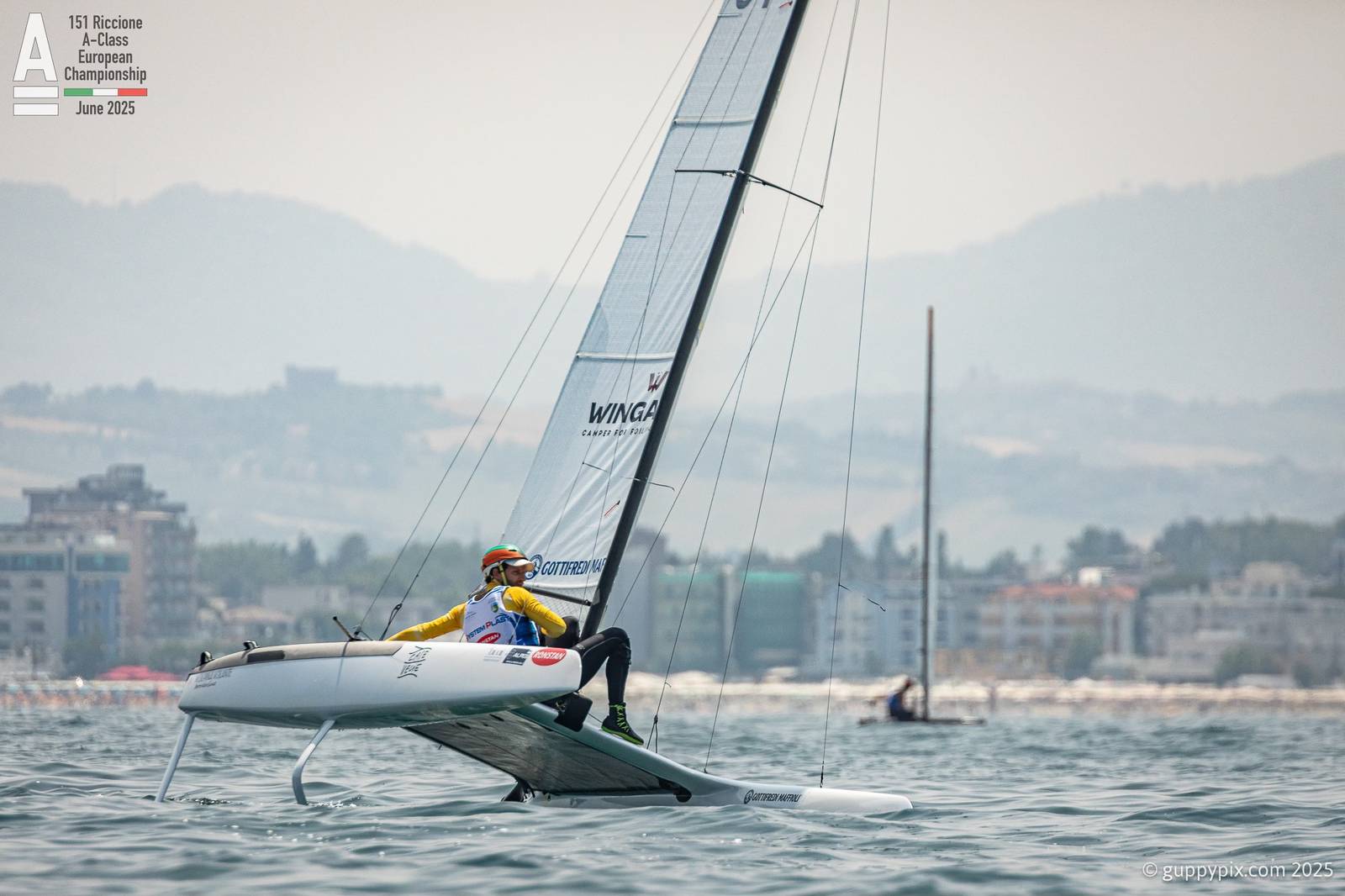
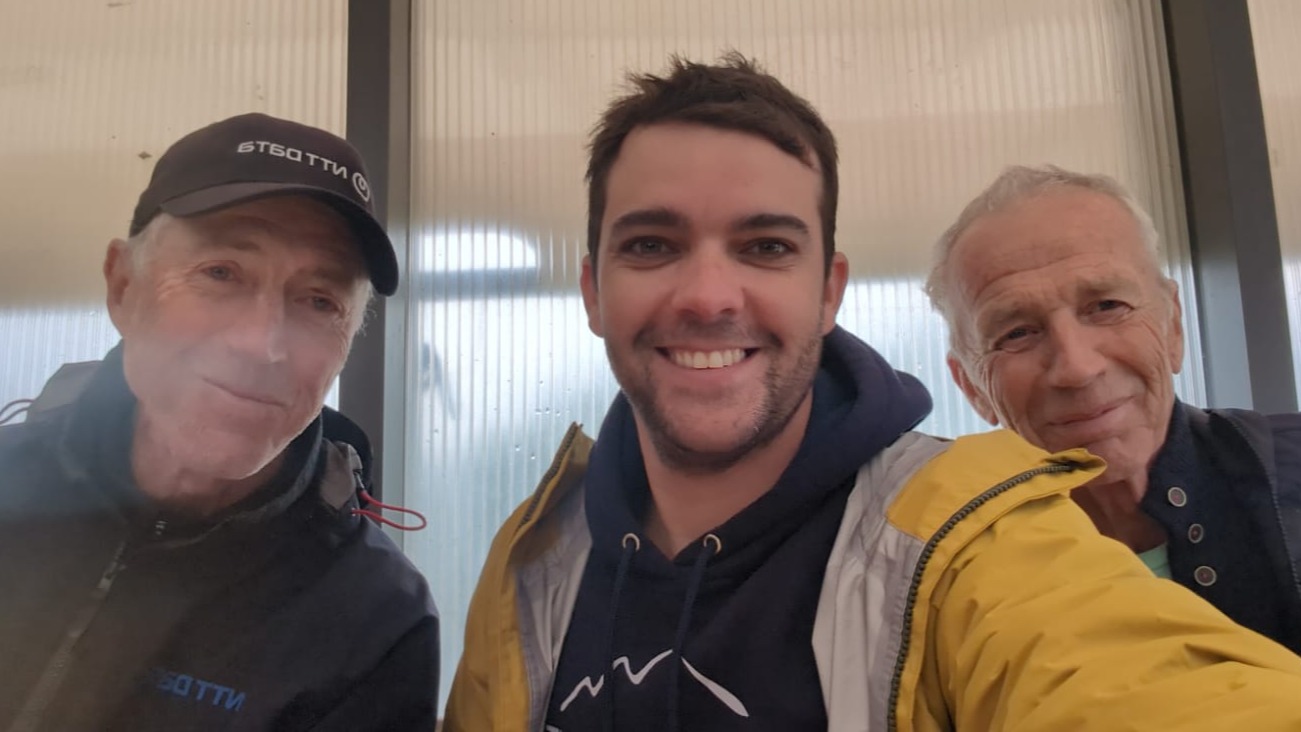
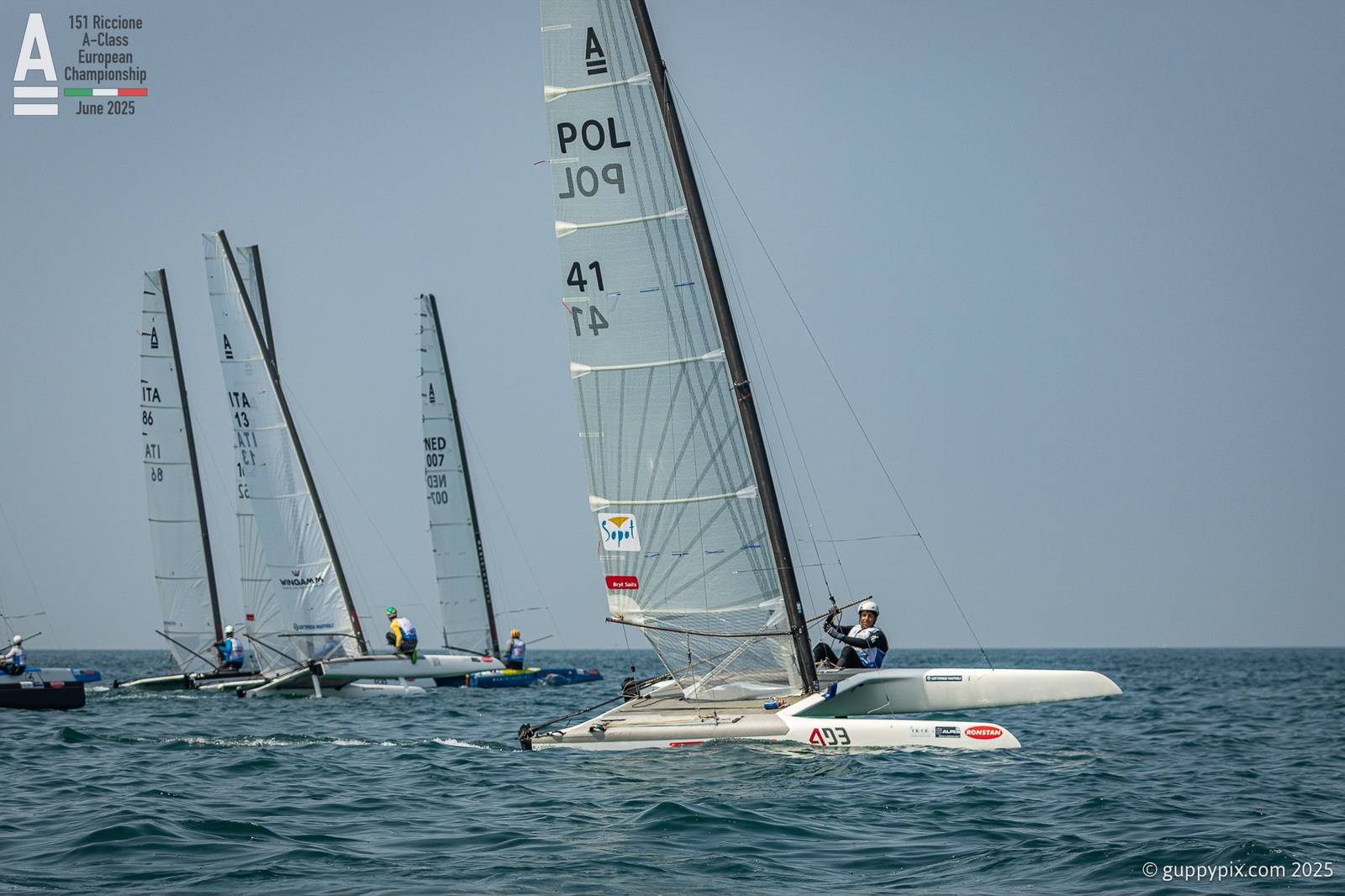
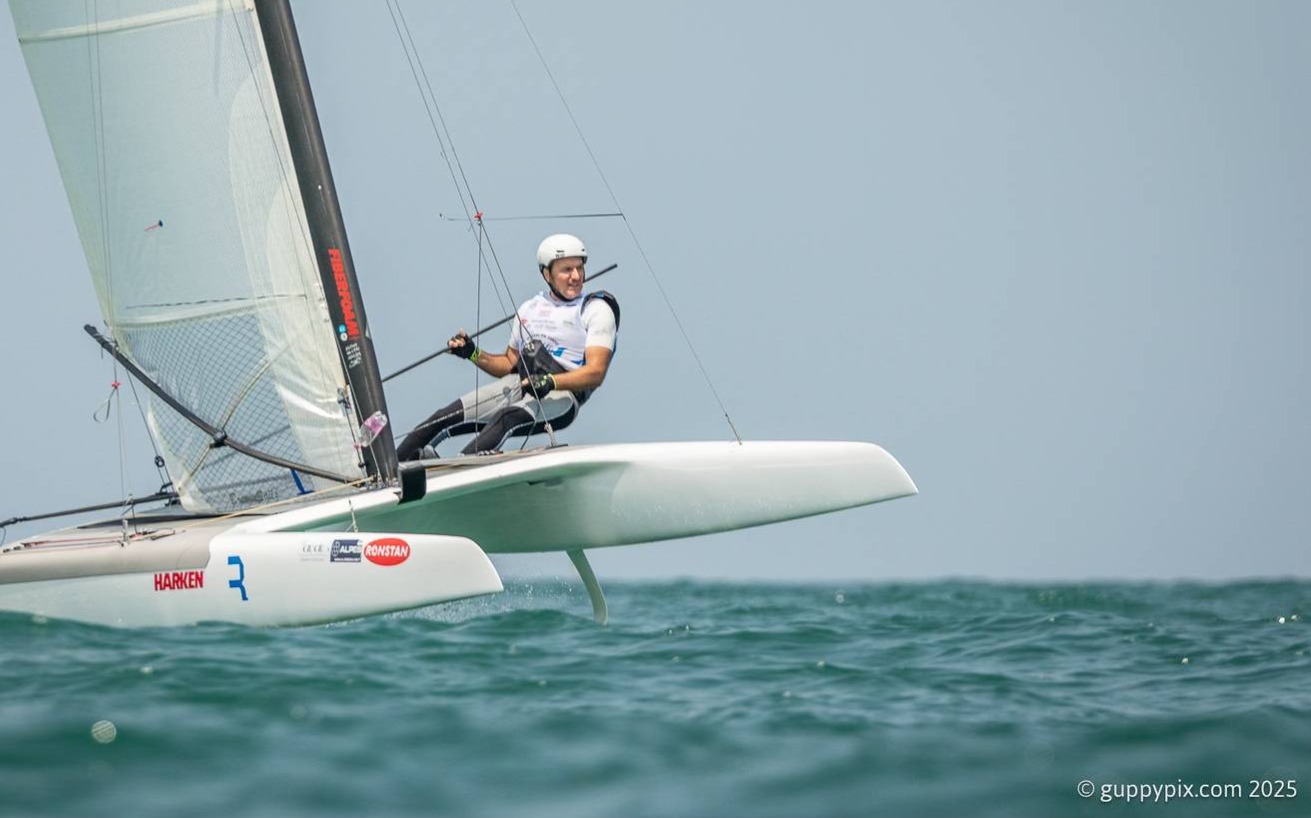
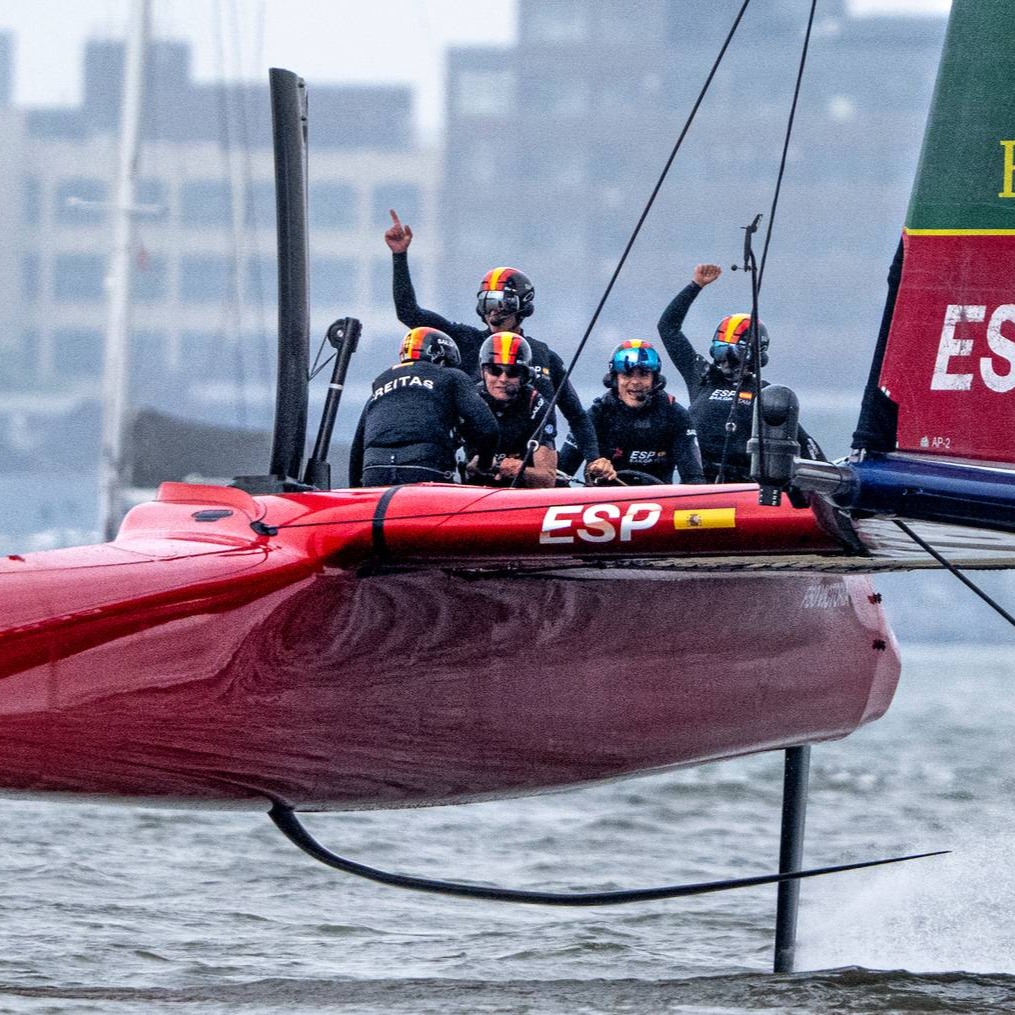
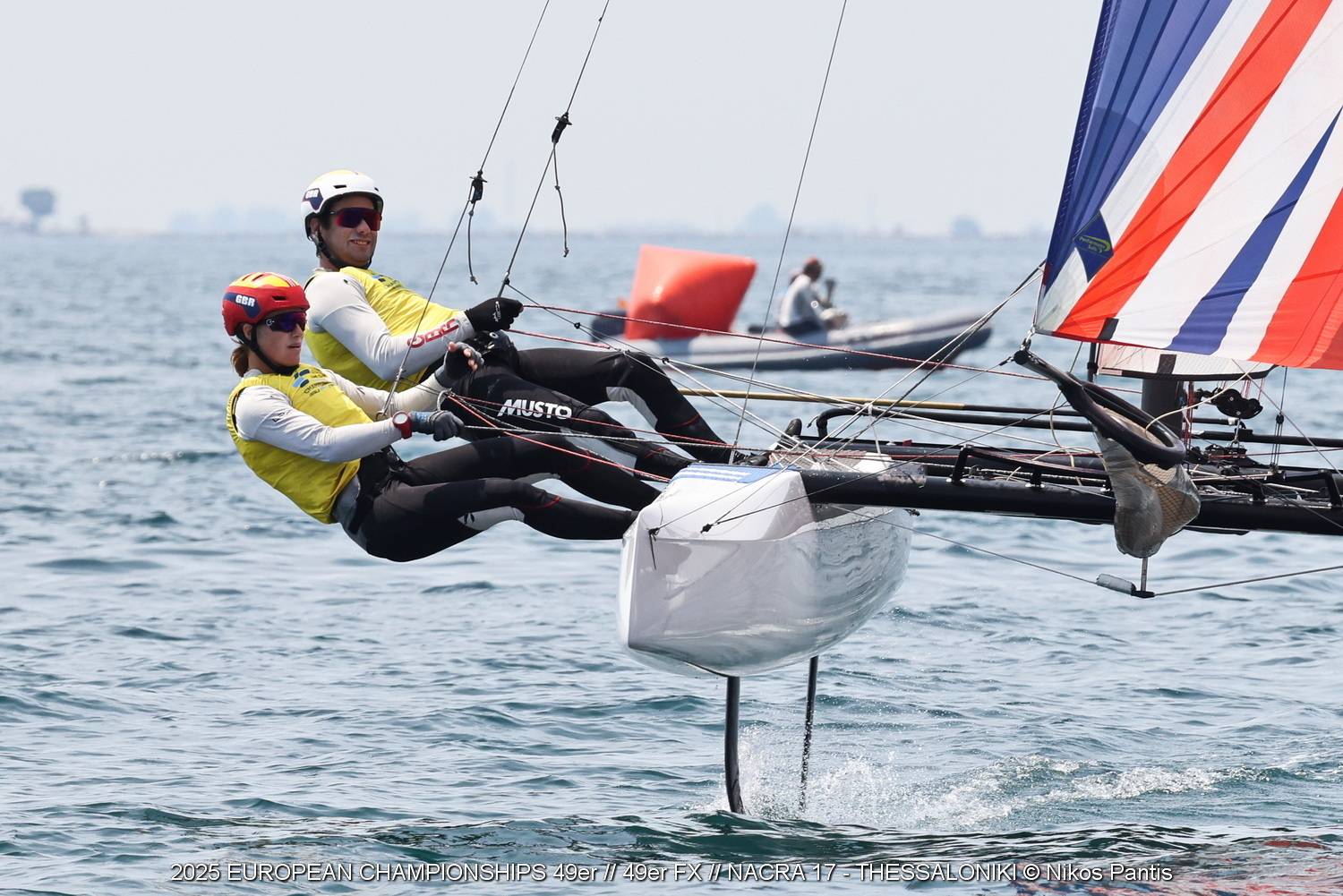
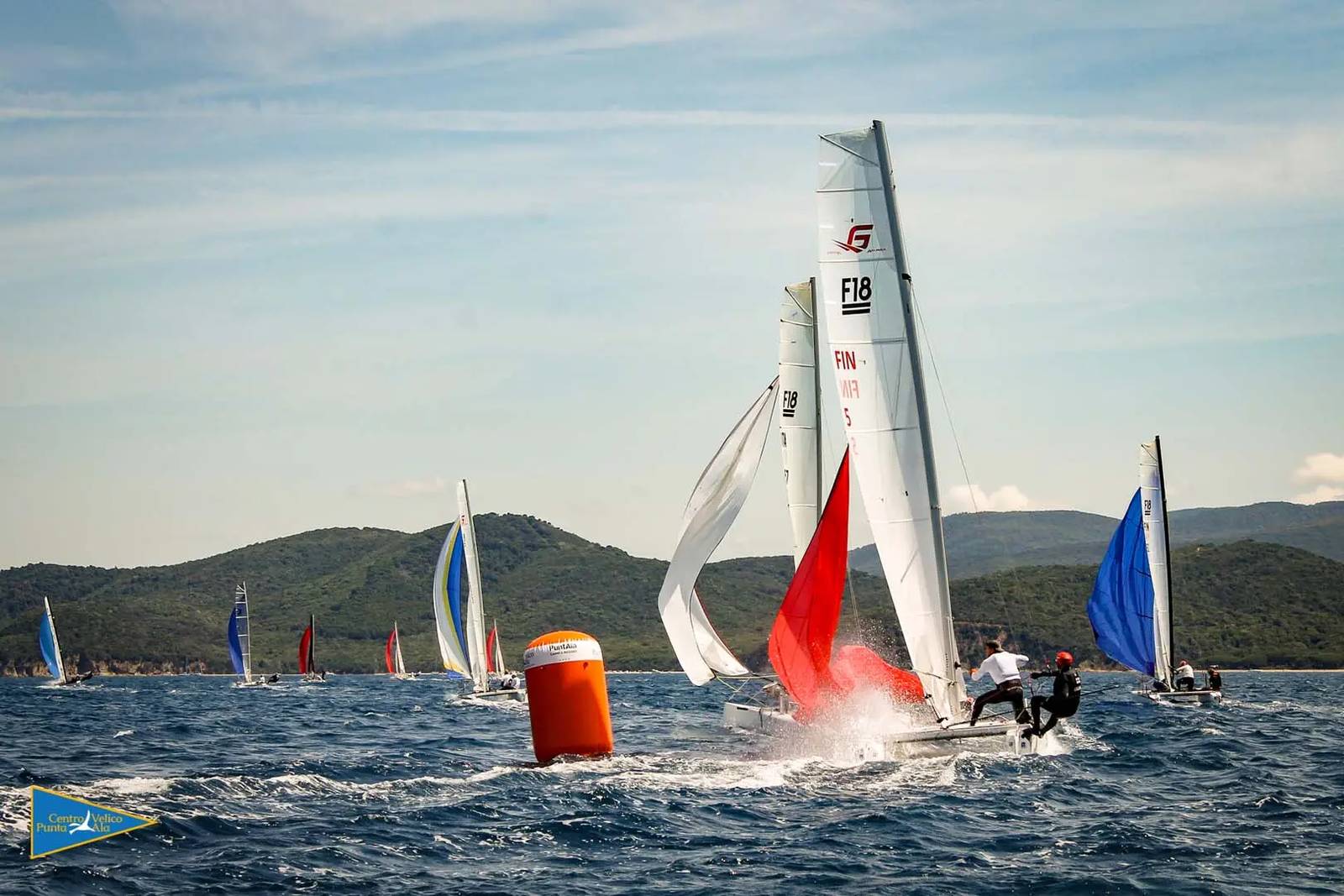
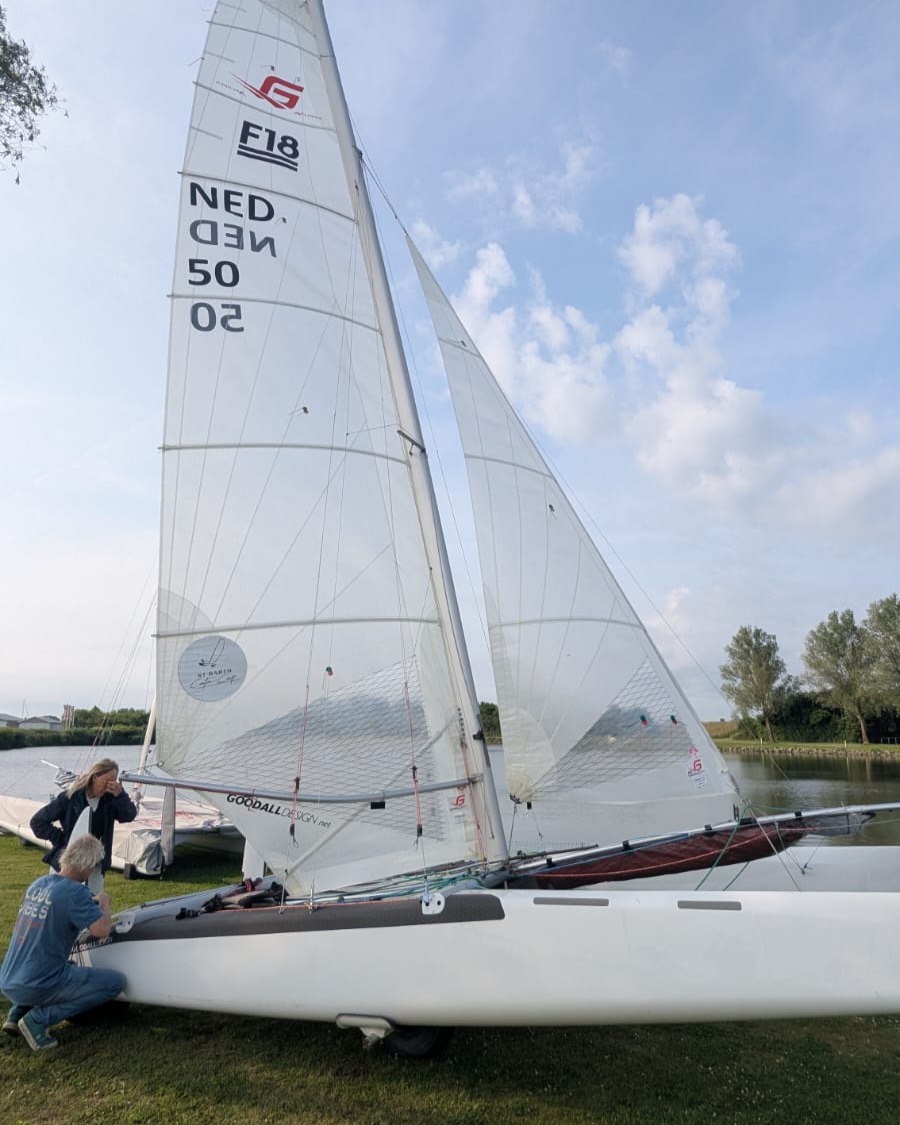
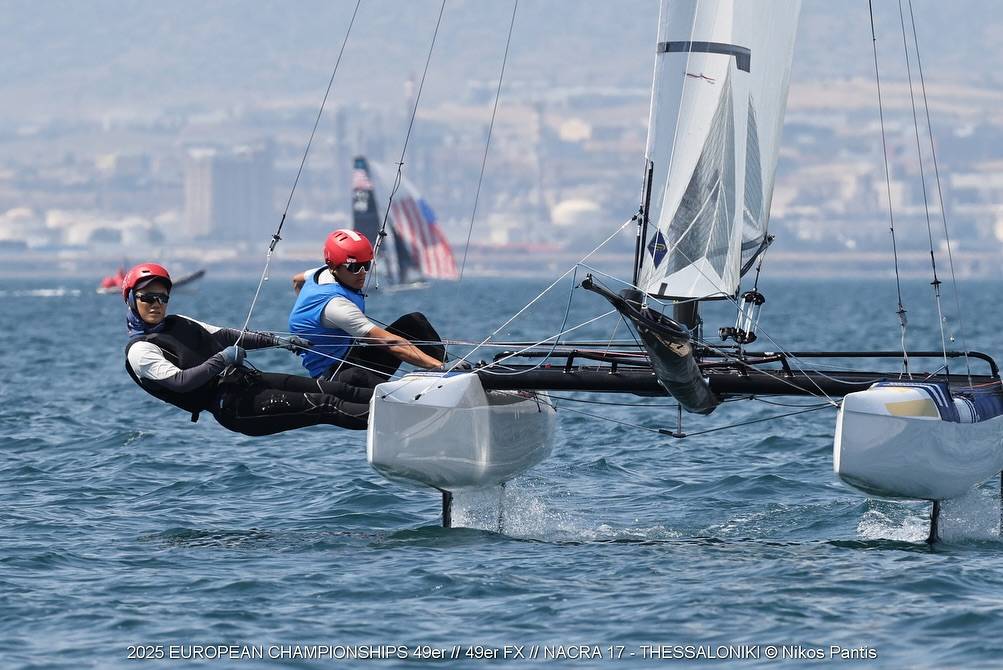




















Scotti used his Nikita
Teo di Battista , 3° of Classic using Exploder Ad3 2016 version instead Scheurer .
I just heard that my great sailing friend and former CEO of Hobiecat Europe has passed. May The endless oceans…
...Report was sent by an F18 Sailor, if you want Hobies reported send your own, we'll publish as usual. Cheers.
Looks like in your report the Hobies are not really present. Suggest to rewrite the article.